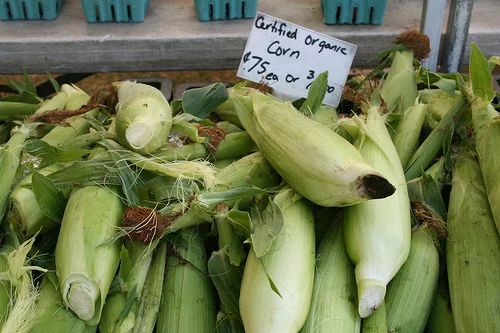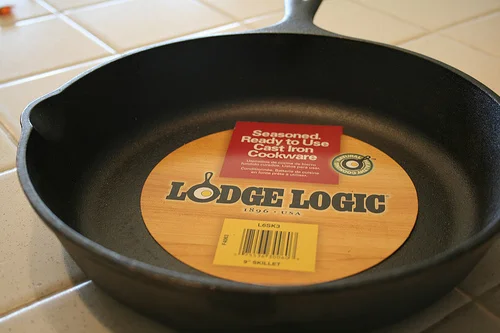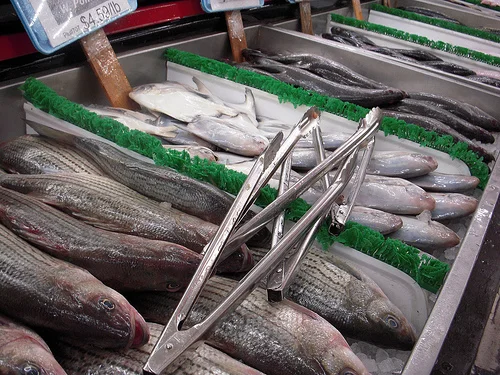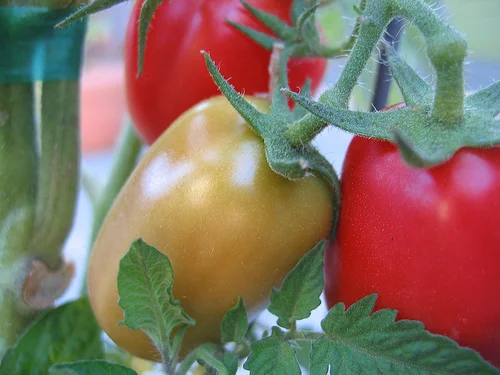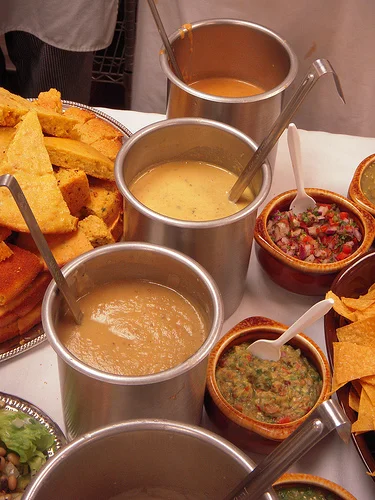Central Plains Cuisine
The central plains (across the midriff of America) is considered the bread basket of the United States. It has a 'corn belt' and a 'wheat belt.' (Much of this info is borrowed from book American Regional Cuisine).
This region is the main source of food crops for the US. Beyond grains, you will find dairy farming and cheese making, an abundance of game, poultry and freshwater fish.
In American Cuisine---one of my culinary classes---we are learning about cuisines of varying regions across the country. [According to my text] the Central Plains region consists of Illinois, Indiana, Iowa, Kansas, Michigan, Minnesota, Missouri, Nebraska, North Dakota, Ohio, South Dakota, and Wisconsin.
Early on, French fur traders (aka 'mountain men') went through this region and set up outposts. But it wasn’t until after the Louisiana Purchase in 1803---which included 800,000 square miles of territory west of the Mississippi River to the Rocky Mountains and North to Canada---that the Central Plains gained attention, and eventually inhabitants. The plains were first explored by Lewis and Clark, then Zebulon Pike and Stephen Long.
The Homestead Act of 1862 encouraged agricultural expansion, offering 160 acres virtually free to citizens willing to help settle the land. Farming families started to settle the Central Plains. Farming methods, equipment and research picked up after the Civil War; the federal government created the Department of Agriculture (DOA) and endowed agricultural colleges (including many of today’s Big Ten schools like Ohio State, Iowa State and Michigan State).
In 1838 John Deere [a blacksmith living in Illinois] invented a new steel plow; the central plains' farmers benefited exponentially from the industrial revolution, with its many inventions and innovations in machinery.
In the mid 1800’s the Central Plains become home to a few million Scandinavians: the Norwegians settled in what is today Minnesota and Wisconsin---Swedish and Denmark immigrants followed. Native Americans taught them how to fish and hunt the abundant wild game. They made traditional stews, breads and root vegetables. The Scandinavians also brought food traditions such as cheese and sausage making, and smoking fish and meat.
Eastern Europeans---Germans, Poles, Austrians---settled in Illinois and Iowa, Minnesota and Wisconsin. They farmed the land and raised dairy cattle. Wisconsin was a popular destination for German and Swedish immigrants, and they brought with them their cheese making, beer-brewing and charcuterie (sausage making, smokehouses). Today there are over 200 cheese making plants in Wisconsin. America’s first breweries were in the Central Plains, as the plains were perfect for growing wheat, oats, barley, rye and corn (grains used to make beer).
Soon, railroads connected east to west, and boosted ranching in the Central Plains. Rail cars provided a means to transport food and livestock all over the country. My textbook reflects these influences, and menus include but are not limited to Wisconsin Beer and Cheddar Soup, Planked Whitefish with Green Onion Butter, Barley Beef Soup, Roast Chicken with Wild Rice, Walnuts and Dried Fruit Stuffing, Kansas City BBQ Ribs, Bratwurst with German Potato Salad and Chicago's Deep Dish Pizza.
Chicago is likely the urban heart of the plains region. It is a culinary tower amidst the prairies. Famous Chefs you may recognize include Charlie Trotter, Rick Bayless, and more.

